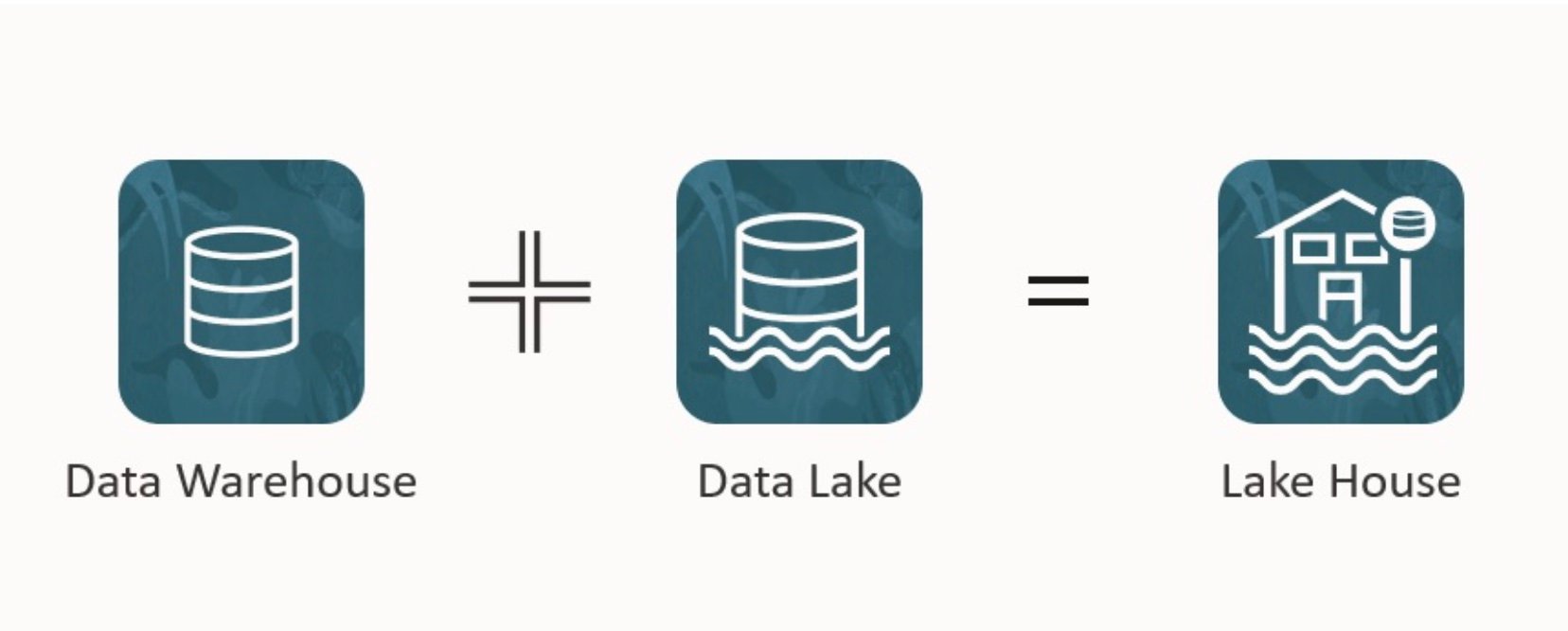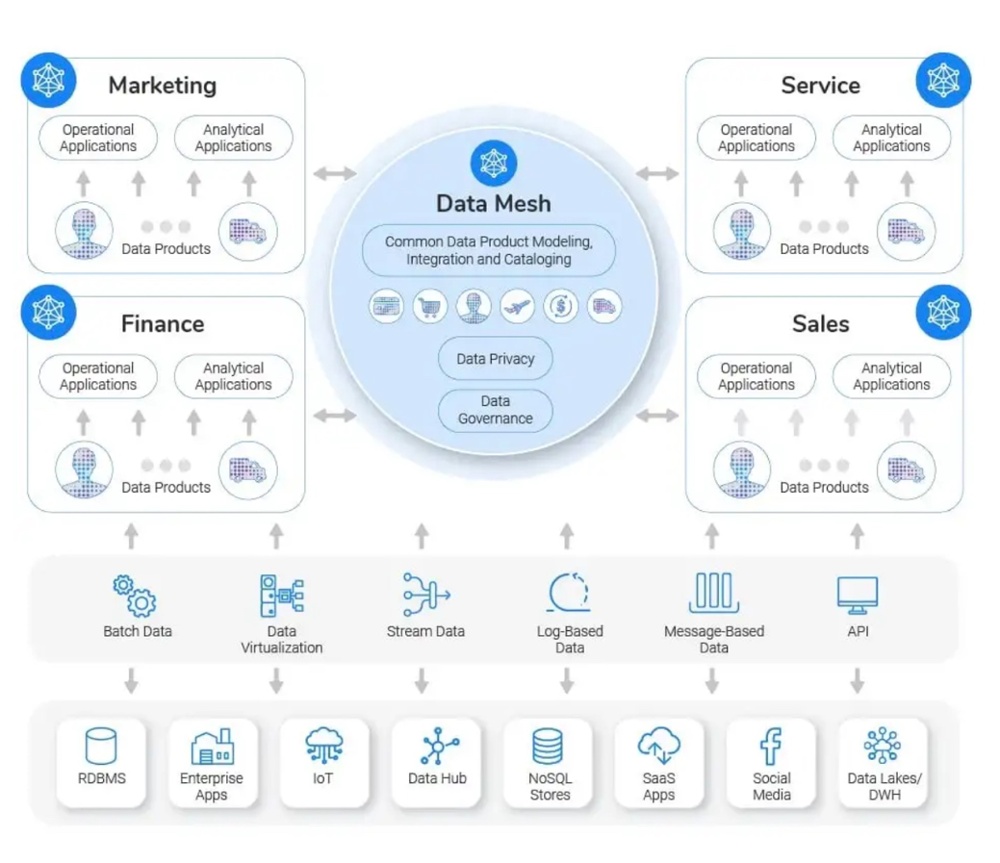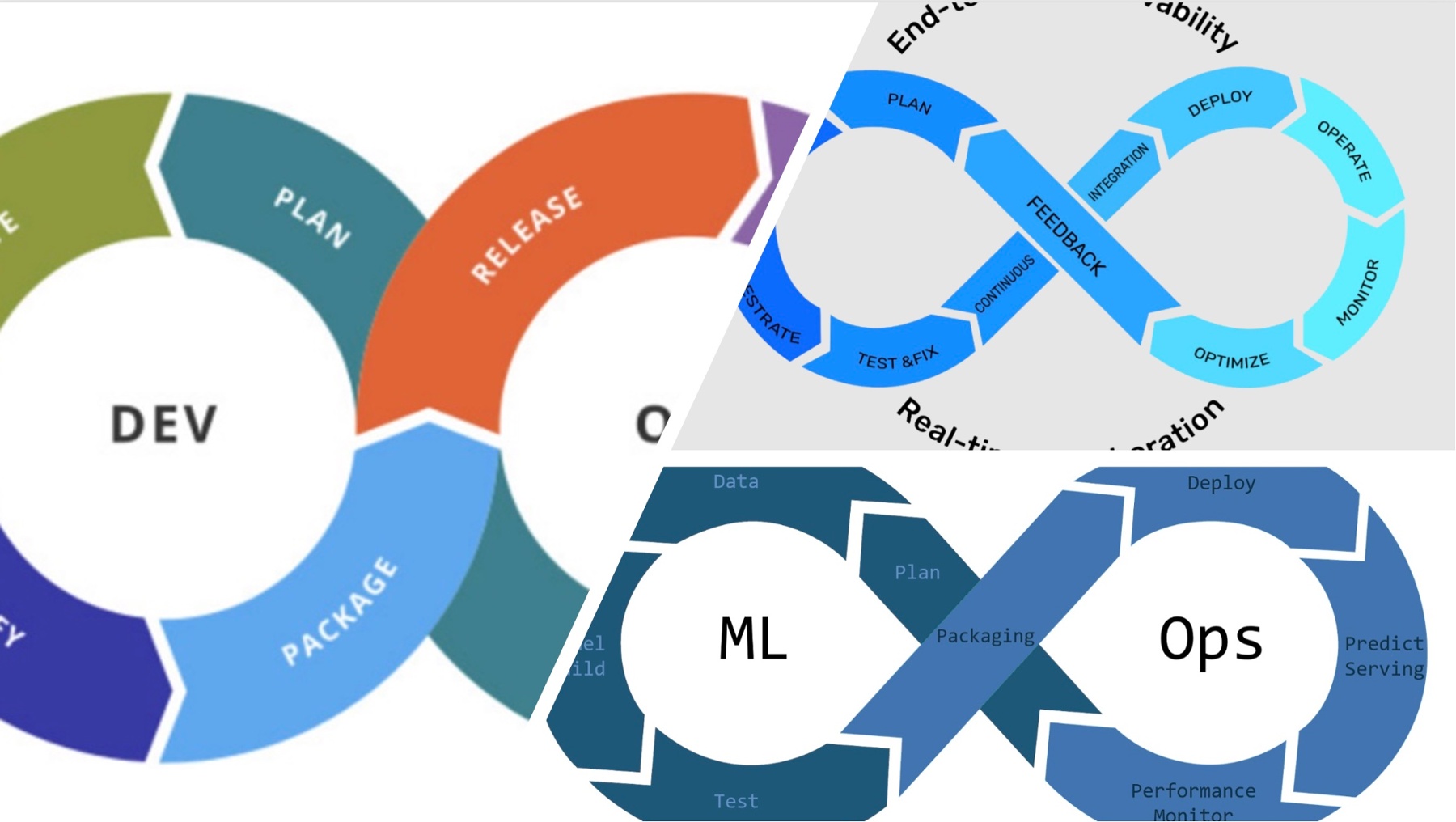Big Industries Academy
Data Lakehouse and Data Mesh explained

Data Lakehouse and Data Mesh, what is what and where are the differences, especially the question of how do they relate to each other? Here, you will find out how they differ and how they can actually be build on each other.
Data Lakehouse
A Data Lakehouse is a centralized repository that allows you to store structured and unstructured data at any scale. It is a hybrid approach that combines the best aspects of a data lake and a data warehouse.
A Data Lake is a storage system that allows you to store large amounts of raw data in its native format, without the need to structure it upfront. This makes it an ideal platform for storing data that is diverse and hard to classify.
A Data Warehouse, on the other hand, is designed to store structured data that has been cleaned, transformed, and integrated from multiple sources. It is optimized for fast querying and analysis, and is typically used for business intelligence and reporting purposes.
A Data Lakehouse combines the scalability and flexibility of a data lake with the structured data storage and fast querying capabilities of a data warehouse. It allows you to store both structured and unstructured data in a single repository, and to use SQL-based tools to query and analyze the data. This makes it a powerful platform for data analytics, and allows you to gain insights from all of your organization's data, regardless of its structure or format.
Data Mesh

Data Mesh is an approach to data management that emphasizes decentralized ownership and governance of data assets. The goal of data mesh is to create a shared understanding of data across an organization, and to empower cross-functional teams to work with data in a self-service manner.
In a Data Mesh architecture, data is treated as a first-class citizen, and is managed as a product. Data products are owned by cross-functional teams, who are responsible for defining the data's purpose, quality, and accessibility. These teams work closely with data consumers to understand their needs, and to ensure that the data they produce meets the needs of the organization.
Data Mesh promotes the use of domain-driven design (DDD) principles to create a common language and understanding of data within an organization. It also emphasizes the importance of data literacy, and encourages the development of a culture of data-driven decision making.
Overall, the goal of Data Mesh is to create a flexible, scalable, and sustainable approach to data management, that empowers teams to work with data in a collaborative and agile manner.
Bring it all together
So as you can see, it’s less about Data Lakehouse vs. Data Mesh then combine a Data Lake and a Data Warehouse as a Data Lakehouse and using the organizational approach of a Data Mesh to govern, manage and distribute the data in the company.
Sources: ChatGPT, Infolob & Chouaieb Nemri

Matthias Vallaey
Matthias is founder of Big Industries and a Big Data Evangelist. He has a strong track record in the IT-Services and Software Industry, working across many verticals. He is highly skilled at developing account relationships by bringing innovative solutions that exceeds customer expectations. In his role as Entrepreneur he is building partnerships with Big Data Vendors and introduces their technology where they bring most value.



.png)
